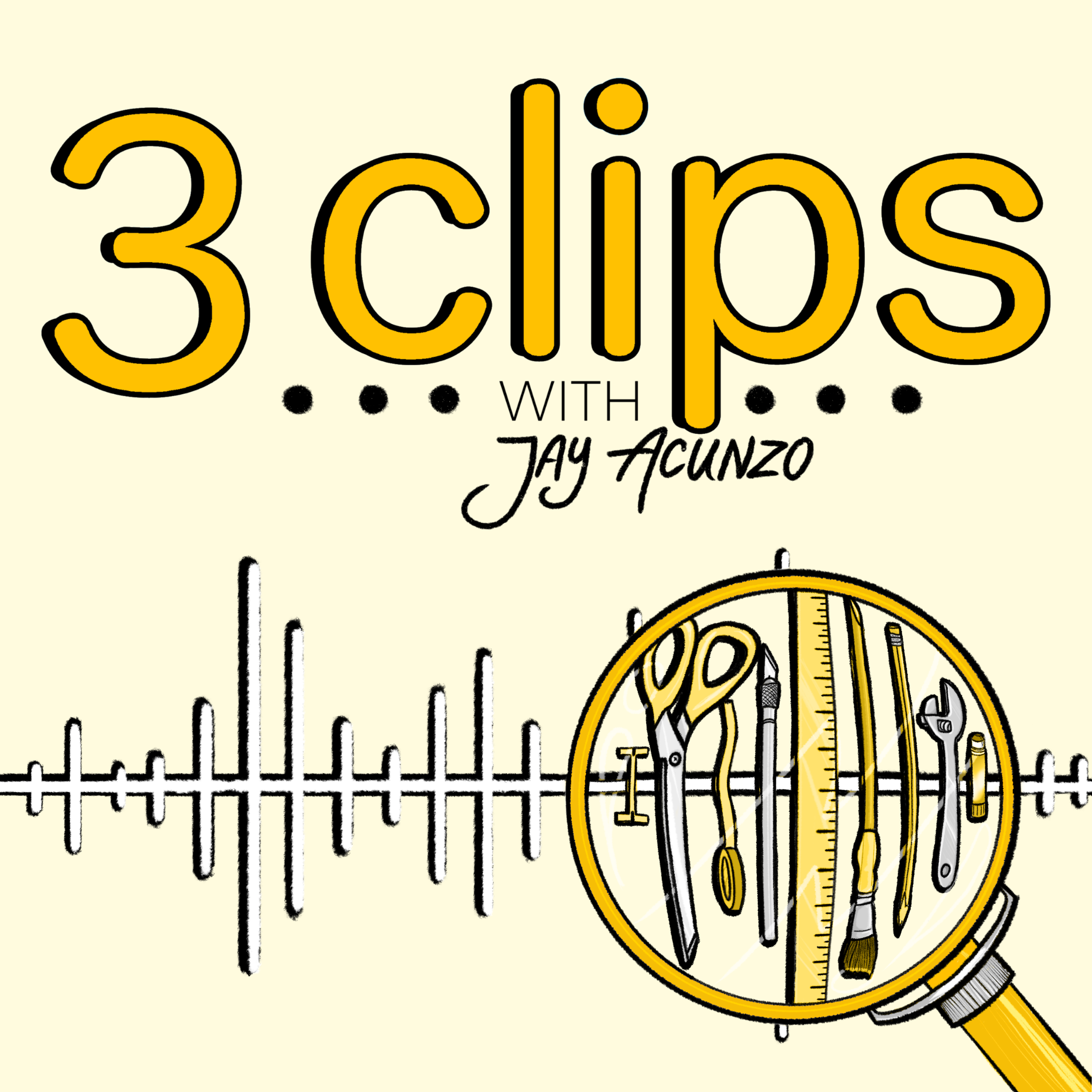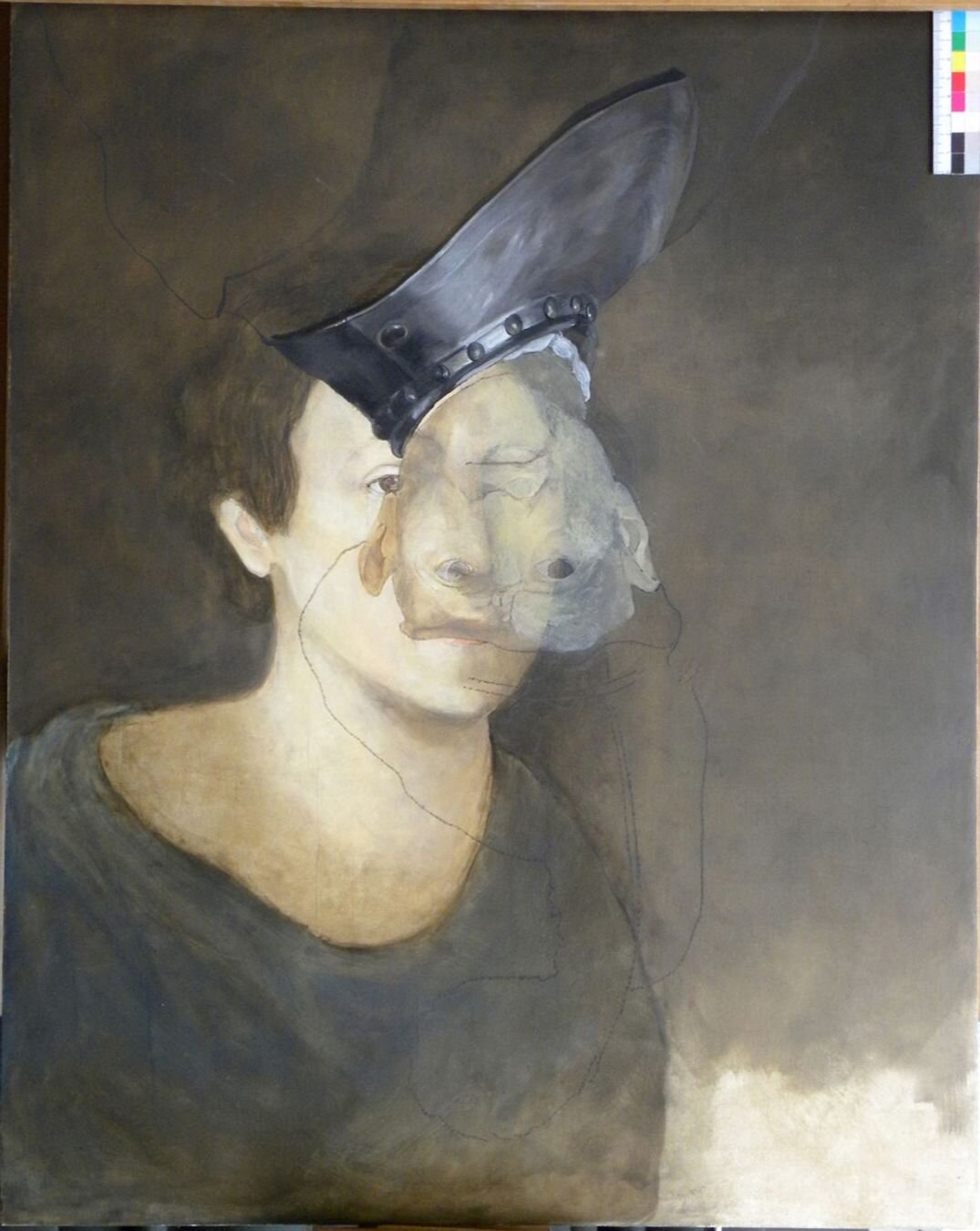I’ve done a lot of cool jobs in my lifetime, but the most rewarding one by far has been my work with Jay Acunzo (author, speaker, award-winning show host and producer)
Though I was originally brought on to be a community manager, Jay saw my knack for creativity in general and let me loose on many aspects of his projects. In addition to setting up and managing the membership community Make What Matters, I regularly wrote for his weekly newsletter Playing Favorites (excerpts of mine can be found elsewhere on this page), rebranded his podcast 3 Clips, redesigned and reformatted the book Creator’s Compass, and served as an overall creative sounding board.
I was able to flex my copywriting skills, finding new and interesting ways to present various articles and links in the newsletter. I designed a virtual community speed-meet event for members to get to know one another, translating the mechanics of a traditionally very physical event into a purely digital environment. I set up a community forum- handing everything from the logistics of member signup to writing community guidelines to moderating the space.
Working with Jay, I learned a lot about my capabilities as a creator- It’s how I finally decided to embrace being a Jack of all trades rather than trying to force myself into just one box. I learned I want to work with people who are passionate about what they do, and intent on making things that make the world a better place.
If you’re here, hopefully that’s what you want, too.
Slack in the System: Tell me something, what does Vincent van Gogh's Patch of Grass have in common with Rembrandt's An Old Man in Military Costume?
Both painted by masters? Sure, most folks would agree with you there, but that's not the answer we're looking for.
Both sparingly but effectively use the color white to draw the eye to details? Yeah, those metallic highlights in the Rembrandt and the dandelion in the van Gogh certainly draw the eye, but they're still not what we had in mind.
Both showcase an artist's willingness to cut their losses and scrap something if it means putting their time and energy into a better end product? Now we're talking!
Using a technique called "x-ray fluorescence spectroscopy", historians have discovered that below both of these paintings lie completely different projects the artist decided to scrap in favor of the paintings we know and love.
Now, what do YOU have in common with van Gogh and Rembrandt?
You, too, have the ability to cut out the mediocre (yes, even if you've already put time and resources into it!) in order to create the best possible end product. Learn how to be more like Rembrandt, and read our new blog post here >>
Any Story Can Be Interesting: How do you make a compelling story out of a stack of paperwork? Sometimes you’re handed a topic so dry it feels like this is what you’re being asked to accomplish. So what do you do about it? Well, you could take a 6-week intensive class in origami, fold all the paper into various creatures and scenes, write and produce an origami-based stop-motion short film, and bring it to life using rented film equipment...Or, in a much more efficient route, you could read Wistia’s article about telling stories about seemingly boring topics. Save that origami course money for something else, and read the article here >>
ICYMI: Learned the Hard Way: A scientific theorem is technically just scientists’ best guess. However, it’s a guess that’s (typically) supported by reams of studies and tests and data. If you’re about to put on your lab coat and begin conducting experiments based on a theory, it might behoove you to check out some of the things people have already learned and put out in the world for you, no? This blog from the vaults has 4 top-tier showrunners sharing (with you, for free, the way science should be) what they’ve already learned and what they wish they knew when starting out. Don't make their mistakes, read the blog here >>
A Pitch for Producers: When stocking your kitchen, it's important to carefully consider your knives.
Like many things in life, kitchen knives are usually specialized for the jobs they're meant to do. You've got paring knives, butter knives, serrated, oyster, steak, chef, and ulu knives- you get the idea. Lots of knives.
But here's the thing; most people don't have one of every type of knife, they have one or two good knives they use for everything. So how do you pick which knives those one or two will be?
Behold: The chef's knife!
It slices, it dices, it chops and crushes- a chef's knife is called a chef's knife for a reason: it's a chef's best tool.
If you can acquire multiple knives right now, then great! Fill your home with as many knives as you can hold in your heart. Metaphorically, we mean. Y'know, like...love and cherish them....Don't literally fill your heart with knives, please.
But if there can be only one, make it a chef's knife.
"Wait!" you cry, heedless of the fact that this is pre-written text and we cannot hear you. "I recently saved a rich, eccentric fisherman's life and consequently won a year's supply of free oysters, wouldn't an oyster knife be better?" Well, maybe in the short term. But you're going to want to cook non-oyster foods as well (I hope), and no matter how fancy your oyster knife is, it's going to have a hell of a time cutting a baguette.
Just like with podcasting, you have to build your team to fit your long-term needs first.
In this week's blog, Molly walks us through why producers are the chef's knives of this metaphor >>







